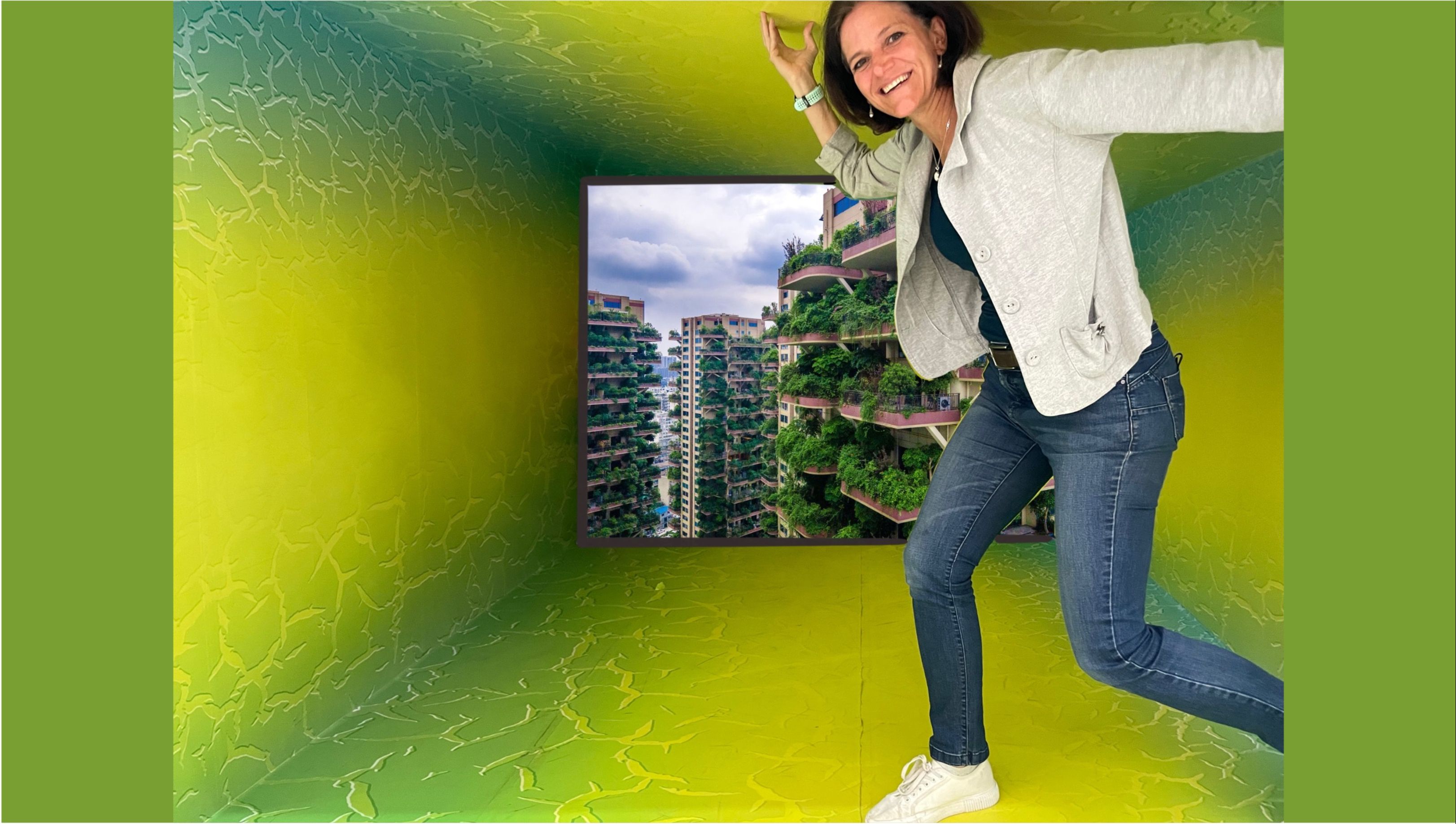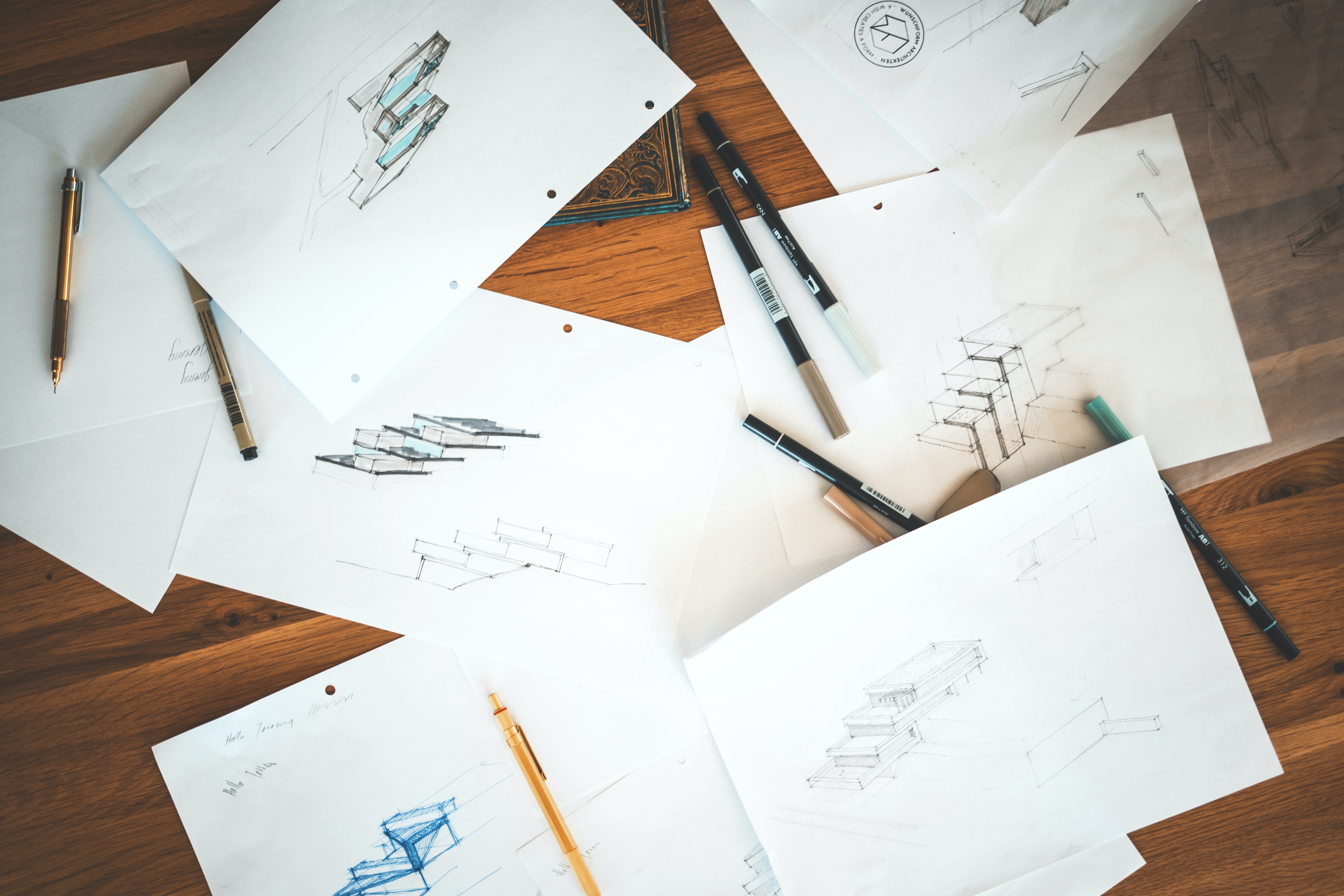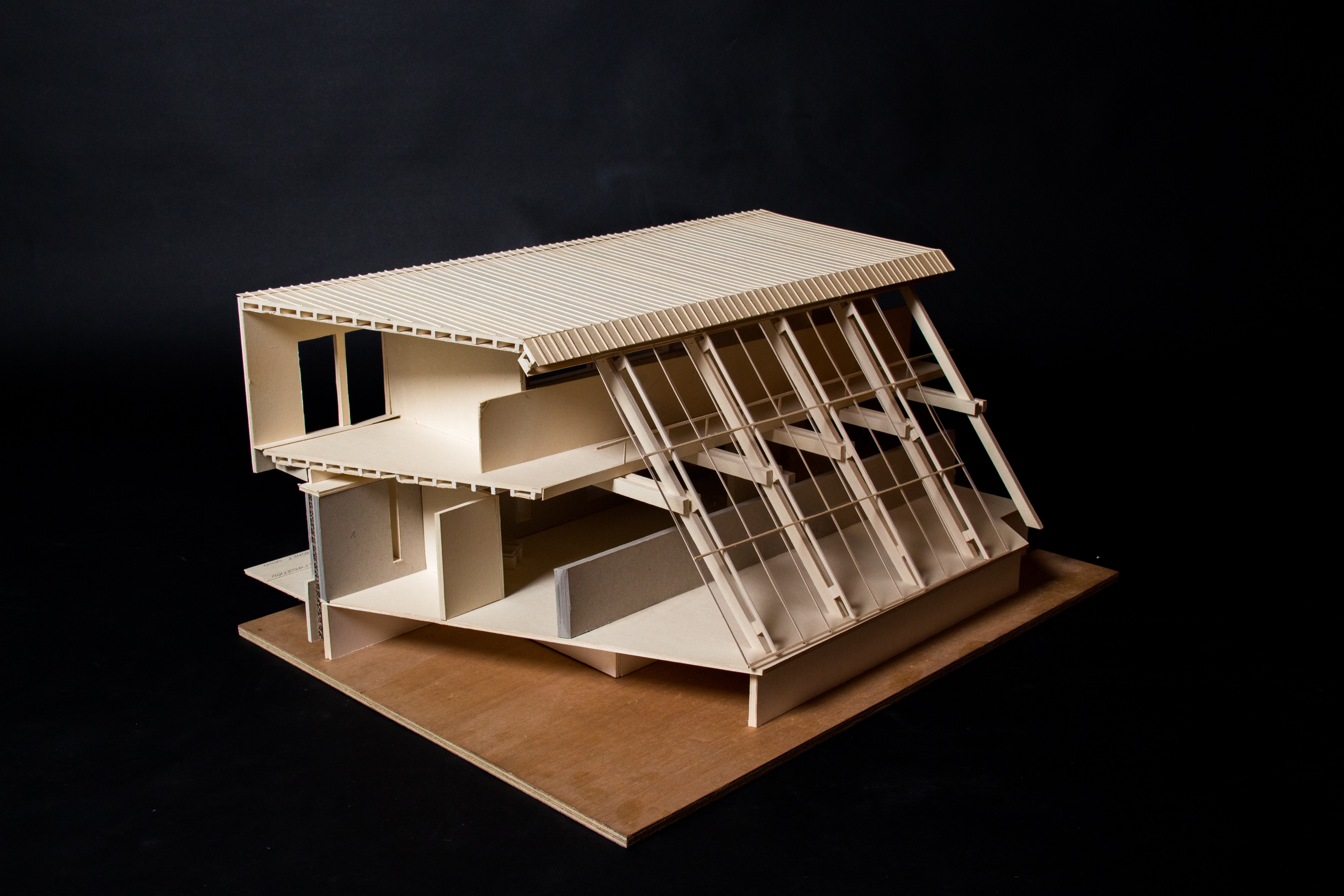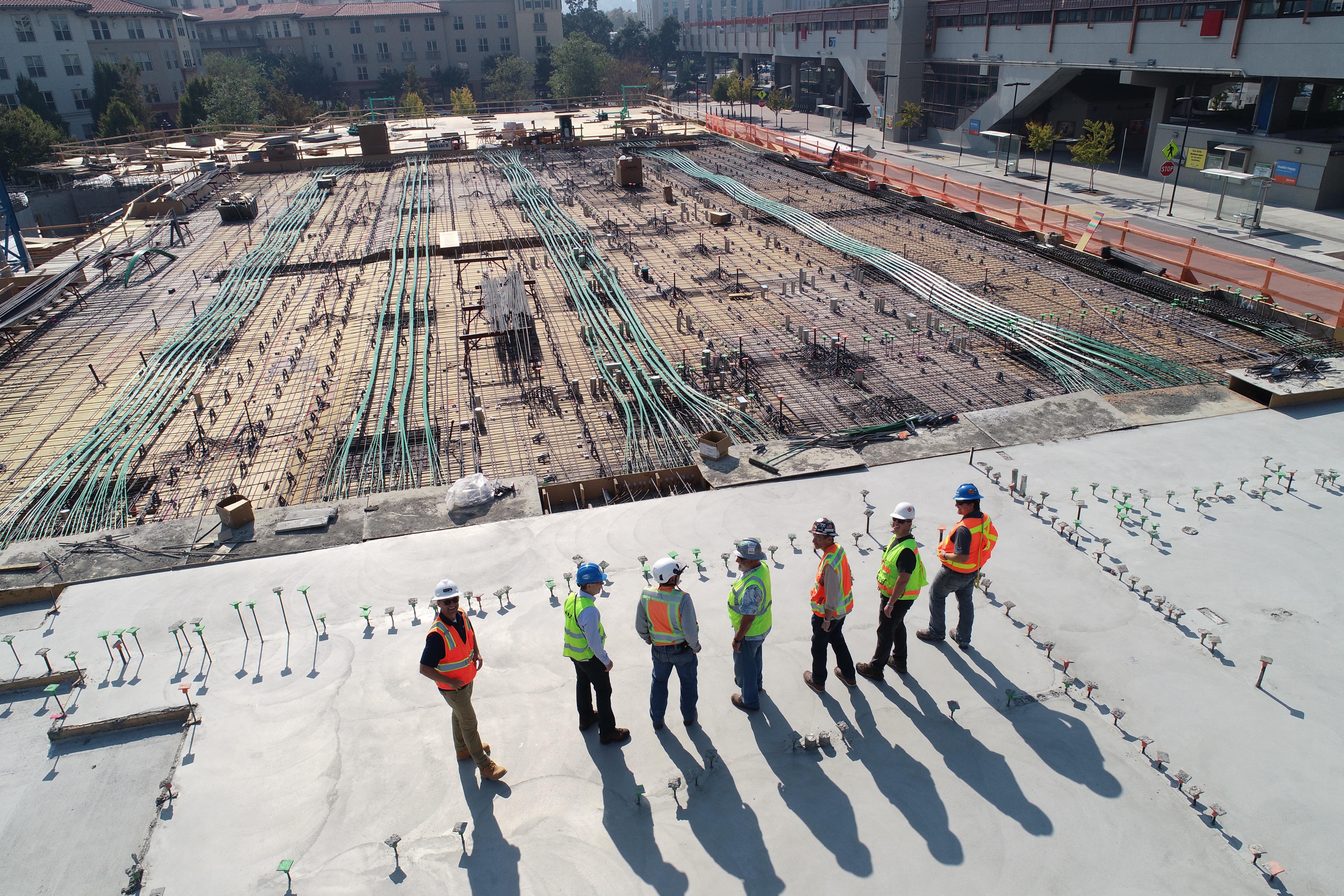Blueprint for Thriving: Design Your Life Like an Architect

“What do you want to be when you grow up?”
This probing question is not just for youngsters. In our Creative Thinking Workshops, we hear people in their 30s, 50s or even 70s ask themselves the same question. A sense of stuckness leaves a yearning for more responsibility, new scenery, a new role, a side hustle, or a different career altogether.
They are asking,
“How can I use my creative thinking to design a life where I can thrive at any age?”
I too asked myself this question several years ago as I contemplated a transition out of a long and fulfilling career as a professional architect. I had spent two and a half decades studying and practicing architecture. It had been a satisfying journey but I was ready for a change.
Could my training and experience in design thinking help me craft a new path? Can life can be approached like an architectural design problem?
The answer was a definitive 'yes.'
I found many of the practices and principles I learned as an architect helped me to actively design and prototype a new career. Here are some of the lesson I learned.
Design Lesson # 1: Look at the lie of the land

The first thing an architect does when receiving a new brief is to go and visit the site where the building will be built. I realised when assessing my new path, I would need to look metaphorically at the lie of the land by taking stock of my current situation. I needed to examine my beliefs and assumptions about work, success, and happiness.
I found this quite a challenging exercise. It was difficult to discover that I had a fixed mindset when it came to my career. A great deal of my self-identity was tied up in my professional persona. I restarted the practice of morning journaling, which helped me to reflect on where I was and to get curious and creative about future possibilities.
 Try this: Morning Journal
Try this: Morning Journal
The Morning Journal is a daily practice of writing in the morning popularised by Julia Cameron. The idea is to write, by hand, three pages of stream-of-consciousness thought as soon as you wake up. This clears anxious thoughts, settles the mind and allows insight to emerge. Whilst doing this practice, use your journal to reflect on your beliefs and assumptions about work.
Consider these questions:
What is the purpose of work in your life?
How do your values align with your current work?
Which of your daily activities make you feel engaged, joyful, and fulfilled?
Find out about Morning Journaling here.
Test whether you have a fixed or growth mindset.
Design Lesson # 2: There are multiple solutions for a design brief (and for your life)

Many of us are searching for the one right solution or the one path to take. We lose sight of the fact that there many ways that we can happily and productively live our lives. As an architect, I would try out multiple sketch design concepts before settling on the most promising solution. Just as there is not one solution to an architectural design challenge, so too is there not just one solution for your life.
When thinking about my future career after architecture, I conjured up several “imaginary lives”. I tried to push myself out of my comfort zone and vividly imagine different scenarios. Where would I be in five years’ time if I took a different path?
 Try this: Imaginary Lives
Try this: Imaginary Lives
Generate three (or more) possible life paths or scenarios for the next five years of your life. Imagine three different futures for yourself, considering different combinations of career, location and other factors. Draw them up on separate mind maps. Mind maps allow for more expansive and creative thinking, as one idea leads to the next. Capture as much detail as possible to vividly imagine these multiple realities. This exercise encourages you to think broadly and explore a range of possibilities.
Don’t know how to draw a mind map? Find out here.
Find out how one of our clients used a mind map to start her new landscaping business.
Design Lesson # 3: Build, test and iterate

The process of designing a building happens by taking small, incremental steps to test and refine ideas. A rough concept sketch of a building slowly and painstakingly evolves into a more detailed concept design, which is further refined into municipal and then finally construction drawings. Architects experiment with different solutions, testing different versions of the concept or detail designs by sketching or building physical or virtual models.
I decided to take this approach of build, test and iterate when it came to crafting a new career. Even when the path wasn’t clear, I decided just to make a start and see what happened. I figured I would find my way through by trying, experimenting, failing and learning along the way. I experimented with a few potential life designs before co-founding Creativity Wake-Up with Nina. One idea I had was to start a rental company for events. I started experimenting by designing and renting a few items that I constructed on a budget. My products were well received, but I found I wanted to continue producing more designs rather than focus on renting them out. The model didn’t work for me, so I tried a different route.
I teamed up with Nina and we started designing courses on creative thinking and innovation. We tested and refined our ideas by running numerous pilot programmes and monitoring the impact of our programmes with our clients. The process of build, test and iterate was a powerful model for our business growth.
 Try this: Experiment, experiment, experiment
Try this: Experiment, experiment, experiment
Try out small, low-risk experiments to gather data and insights about potential life designs. This could involve enrolling in a course, job-shadowing someone in a field of interest, or conducting informational interviews. By actively prototyping different options, you can learn more about what resonates with you and what doesn't.
An excellent book on using design thinking to better navigate life's decision is Designing Your Life by Bill Burnett and Dave Evans.
Design Lesson # 4: It takes a team to build a project

Designing and constructing a building is a huge team effort. The client, architect, engineers, consultants, financiers, contractors and subcontractors all play a critical part. They all have expertise in their specific areas and have different creative strengths and preferences that together help the project move forward. When designing a creative and fulfilling life, it helps enormously to have a supportive community and to draw on the expertise of others. You not only benefit from input and support from others, but you can also benefit from teaching and mentoring others. World expert in brain performance, Jim Kwik, says, “When you teach, you get to learn twice.” Don’t shy away from sharing your gifts with others. You benefit too, a double gift.
When we try a new path, there will likely be obstacle and challenges along the way. Identifying those who might assist or resist us, can help us garner support and also think about how we might win-over resistors.
 Try this: Assisters and Resisters
Try this: Assisters and Resisters
Identify and address any obstacles or constraints that may be holding you back from pursuing certain life designs. Acknowledge the challenges, brainstorm potential solutions, and seek support or resources that can help you overcome these barriers.
ASSISTERS: Generate a list of assisters and include how they can help you reach your goals. Consider people who might be collaborators, connectors, team mates, and resources for you.
RESISTORS: Generate a list of resistors and include how and why they will resist the idea. Then list how you might help them overcome their resistance and become assisters.
A blueprint for thriving
My work as an architect encouraged me to adopt a mindset of curiosity, experimentation, and intentional design. Although I experienced many setbacks and periods of self-doubt, this mindset helped me to forge a new career path. If you are setting out in a new direction or looking for new solutions in your current work, I encourage you to applying the principles of design thinking to your own life. They help you gain clarity, explore options, experiment with different paths, and overcome obstacles as you design a life that aligns with your aspirations.
We would love to partner with you on your creative development journey. We offer individuals and businesses creative thinking and innovation training through our courses, coaching and consulting.
Our passion is to help businesses and individuals to become more resilient and better able to cope in these fast changing times by developing their creative thinking.
Get in touch with us at [email protected]
If you haven't get done so, why not join our tribe of creative thinkers ...
You know you want to.



